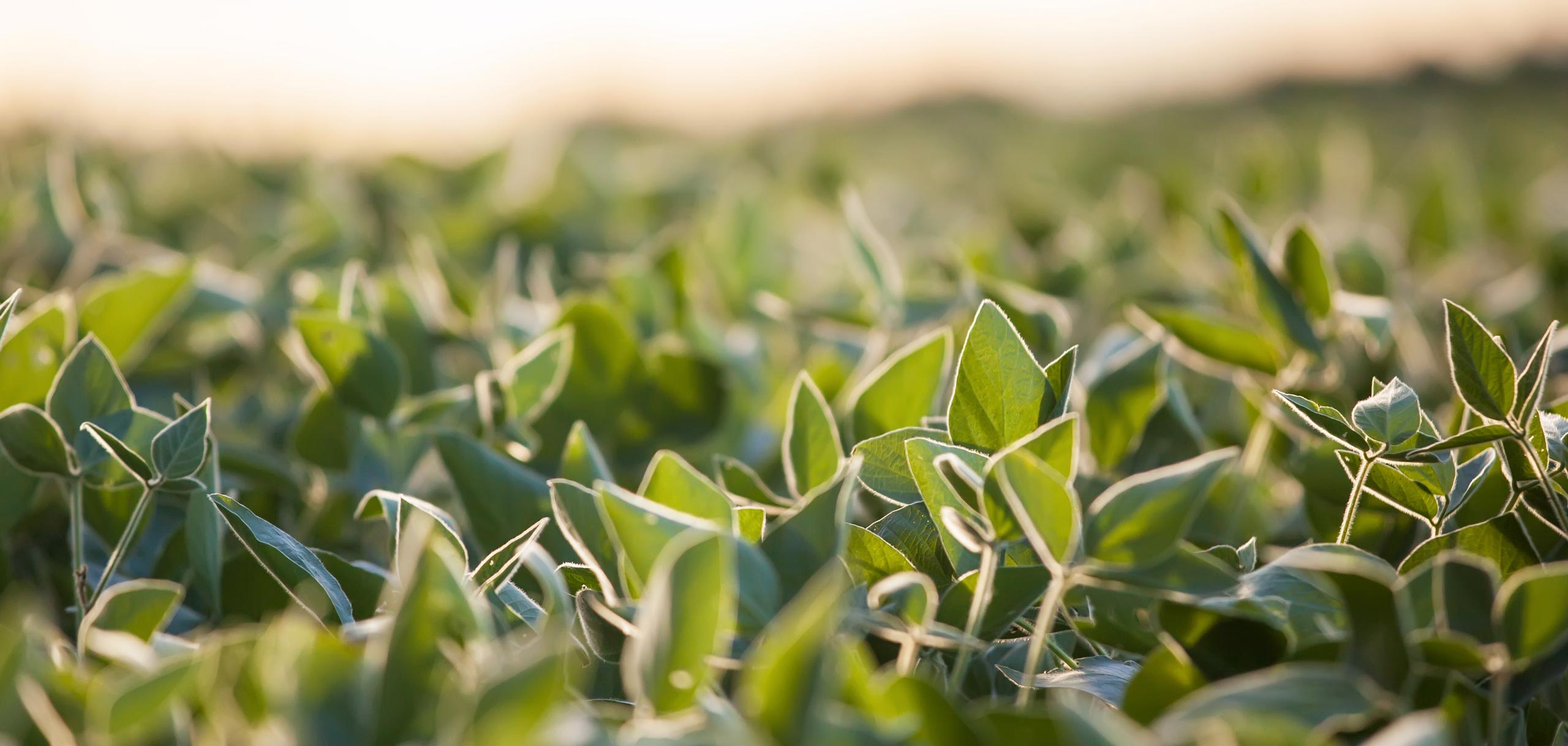Chefs Get First-Hand Look at Sustainable Farming of Soy-fed Fish
- Category:
- General News

Late last month, a select group of chefs and foodservice publication editors got a close-up look at “aquaculture done right,” as they described it, thanks to a new educational campaign sponsored by the International Aquaculture Program of the U.S. Soybean Export Council (USSEC).
The group of four chefs and three editors learned about the complete hatch-to-harvest process for the sustainable aquaculture of soy-fed white bass and hybrid striped bass. After touring the hatchery at Hubbs Sea World Research Institute (HSWRI) in Carlsbad, California, the group traveled to Todos Santos Island off the coast of Ensenada, Mexico, to view the offshore grow-out operation at Pacifico Aquaculture.
The chefs and editors, including John Lawn of Food Management magazine, Gayle Bellamy of Restaurant Hospitality magazine, and Mary Petersen from the Center for the Advancement of Foodservice Education (CAFE), were impressed by the extensive feed research U.S. soy farmers are funding through the soy checkoff program managed by the United Soybean Board (USB).
Mark Drawbridge, Aquaculture Program Director at HSWRI, explained to the group how the soy checkoff program has catalyzed and accelerated the development of a commercially viable soy-based diet in just a few short years.
“The outcomes to date are significant for the long term economic and environmental sustainability of marine finfish aquaculture,” said Drawbridge, “It shows what is possible when people focus on science-based solutions to human food production challenges.”
After touring Pacifico Aquaculture’s offshore pens, white bass were harvested especially for the chefs to experiment with culinary preparations in the farm’s rustic kitchen. The group then enjoyed dining on a light and spicy ceviche made by Chef Eric Dreyer, Chef de Cuisine at Fearing’s Restaurant, at the Ritz Carlton Hotel in Dallas; a rich fish and vegetable stew created by Rex Hale, Corporate Executive Chef at LHM Hotels in St. Louis; and hybrid striped bass sashimi with a variety of dipping sauces prepared by Rex Ito, co-owner of Pacifico Aquaculture.
“After seeing how these fish are raised and hearing about all the research involved, it really hit me when I tasted this fresh fish that there’s absolutely no difference in quality between farmed and wild fish,” said Jasper Mirabile, Jr., head of Jasper’s Restaurant Group in Kansas City, Missouri. “I would immediately look for ways to feature soy-fed fish on my menus in Kansas City.”
Corporate Chef Ray Berman, who leads menu development work for 100 locations of CraftWorks Restaurants, said his biggest takeaway from the tour is the fact that fisheries cannot meet the demand for seafood of a growing world population in the coming decades.
“Aquaculture is the future,” said Berman. “It’s interesting that the species being farmed now are more economically feasible. This local white bass has a feed conversion ratio of 1.25:1, compared to tuna at 17:1. Aquaculture is getting much smarter economically, and is addressing environmental concerns and focusing on sustainability.”
Dr. Michael Cremer, International Aquaculture Senior Program Advisor for USSEC, encouraged the chefs and editors to help educate their customers, readers and colleagues on the benefits that soy-fed fish offered to the foodservice industry, including high quality product, consistent supply and pricing, and the conservation of wild ocean resources.